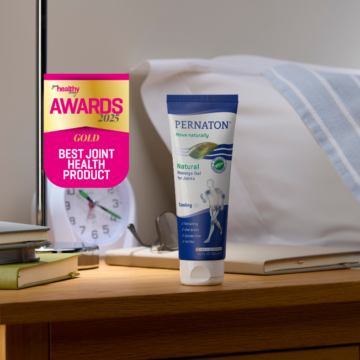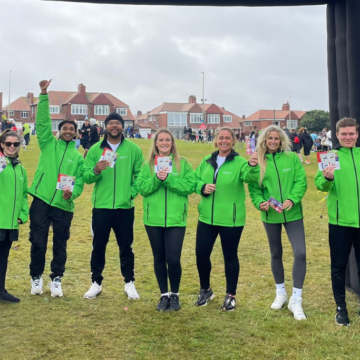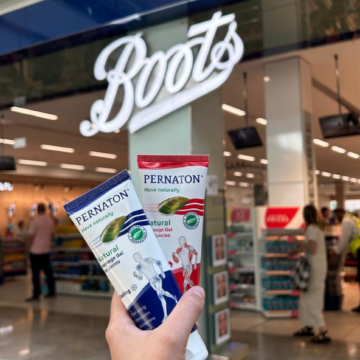Low impact exercises to do at home this winter
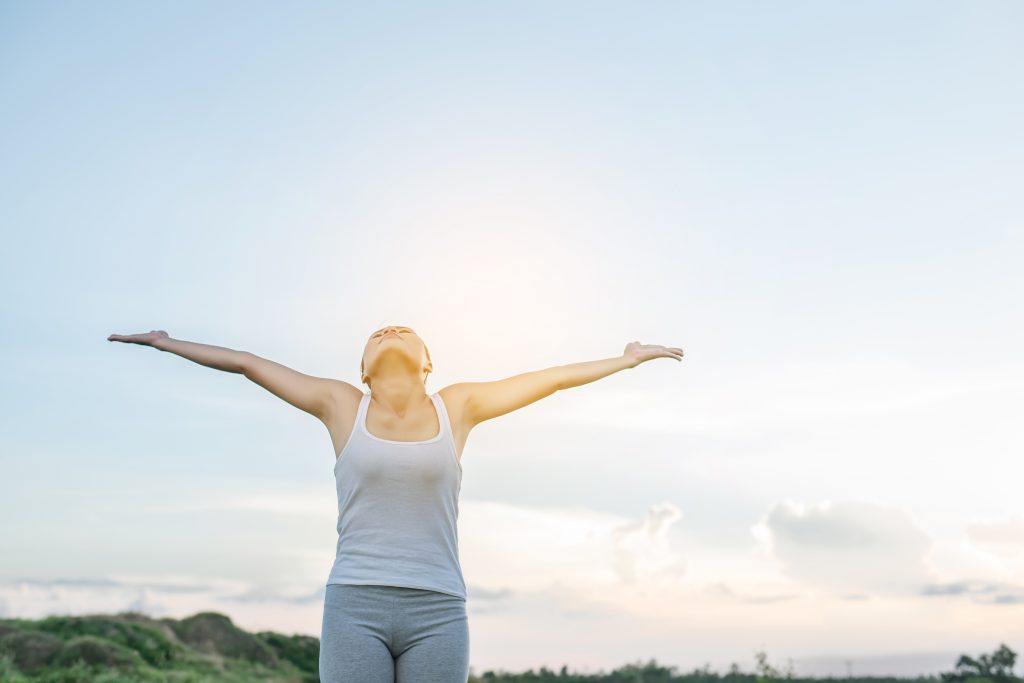
We are all getting older, and as the body ages, so does the wave of increased aches and pains and the tendency to slow down and become more inactive – especially in the winter! It might be related to health issues, weight increase, or the fear of hurting yourself but as we grow older, an active lifestyle is more important than ever to improve your overall health and fitness.
Research suggests that moderate-intensity, low-impact activity is just as effective as high-impact activity in lowering the risk of illnesses such as heart disease. No matter your age, it is never too late to apply physical activity as part of your daily routine. Many local gyms offer excellent low-impact gym classes such as Body Balance, Zumba and so on but staying fit without impacting your joints can be achieved from the comfort of your own home.
Here are some popular activities to try (you may wish to consult your doctor before you begin a new exercise regime if you have any concerns about your fitness levels):
Wall push-ups
This exercise is brilliant for strengthening the entire upper body with a particular focus on the arms and chest area. To attempt this exercise, the best thing to do is:
- Stand up straight in front of a wall with your arms stretched out straight, so that your palms are flat, touching the surface. This is the distance you need to stand away.
- Keeping your body upright, bend your elbows to lean into the wall.
- When your face is close to the wall, straighten your arms to slowly push your body away.
- Repeat ten to 15 times. Rest. Repeat again.
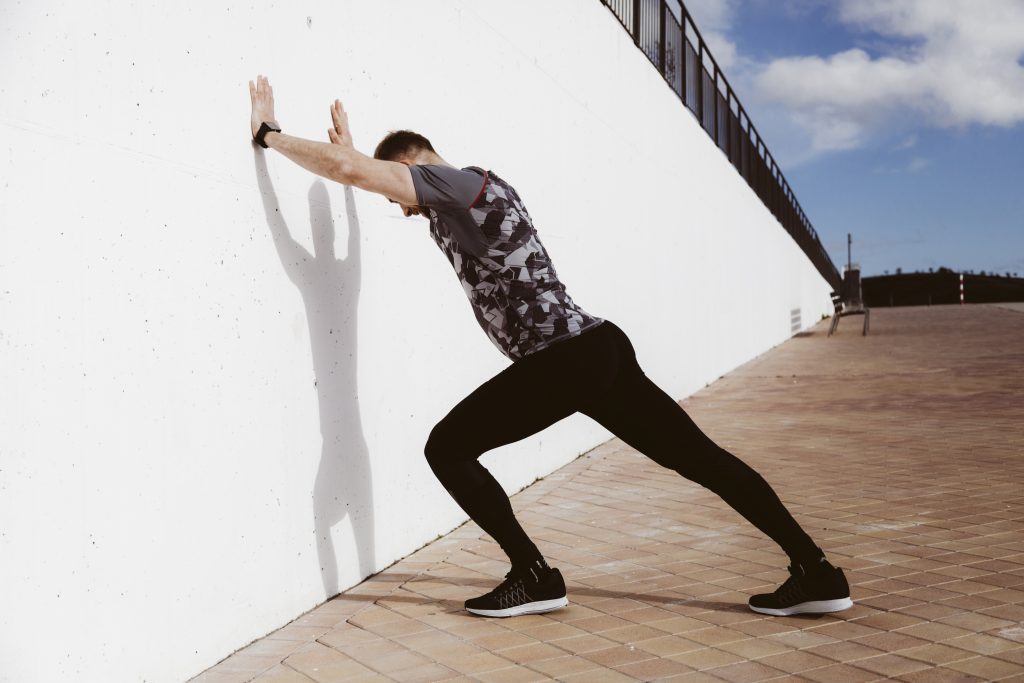
Toe stand lift
Strengthen your legs, in particular, your calves and ankles, as well as improve your balance with the toe stand lift. All you have to do is:
- Stand behind a chair, feet shoulder-width apart, holding on to the back for balance.
- Slowly stand on your tiptoes, as high as you can possibly go.
- Hold position for approximately five seconds and lower yourself gently to the heels.
- Repeat ten to 15 times. Rest. Repeat again.
Chair squats
Throughout the day, we use the squat movement more than we think which is why chair squats are a great way to keep your legs strong.
- Stand in front of a chair facing ahead, with your feet hip-width apart.
- Keeping your shoulders and chest upright, bend your knees to lower yourself on to the chair.
- Once seated, push yourself back up to return to the standing position.
- Repeat ten to 15 times. Rest. Repeat again.
Raise your arms
Help build muscle mass and upper body strength by raising your arms above your head with a small lightweight resistance added (baked bean tins are good if you have no dumbbells).
- Sit or stand with your feet firmly flat on the floor.
- Hold the lightweights at shoulder height with palms facing forwards, then lift the weights above your head so that your arms are now straight.
- Slowly bring back down the arms to shoulder height.
- Repeat ten to 15 times. Rest. Repeat again.

Single foot stand
Accidental falls are a common source of injury for many ageing people, so balance exercises are essential for keeping legs strong.
- Stand behind a chair, holding on to the back.
- Pick up one foot and balance on the other for as long as is comfortable.
- Place your foot down and repeat on the other leg.
- Aim to stand on one foot for one minute each.
You can make this more difficult by not holding on to the chair.
Neck stretch
Try and get into the habit of stretching every day to improve your range of motion and make every activity more comfortable. The neck stretch is superb for relieving tension in the upper back and neck.
- Stand with your feet firmly flat on the floor with your hands relaxed at your sides.
- Keeping your head upright, slowly turn your next to the right to feel a slight stretch. Hold for ten to 30 seconds.
- Move your next back to the centre, and repeat this slow, steady movement to the left.
- Repeat five times.
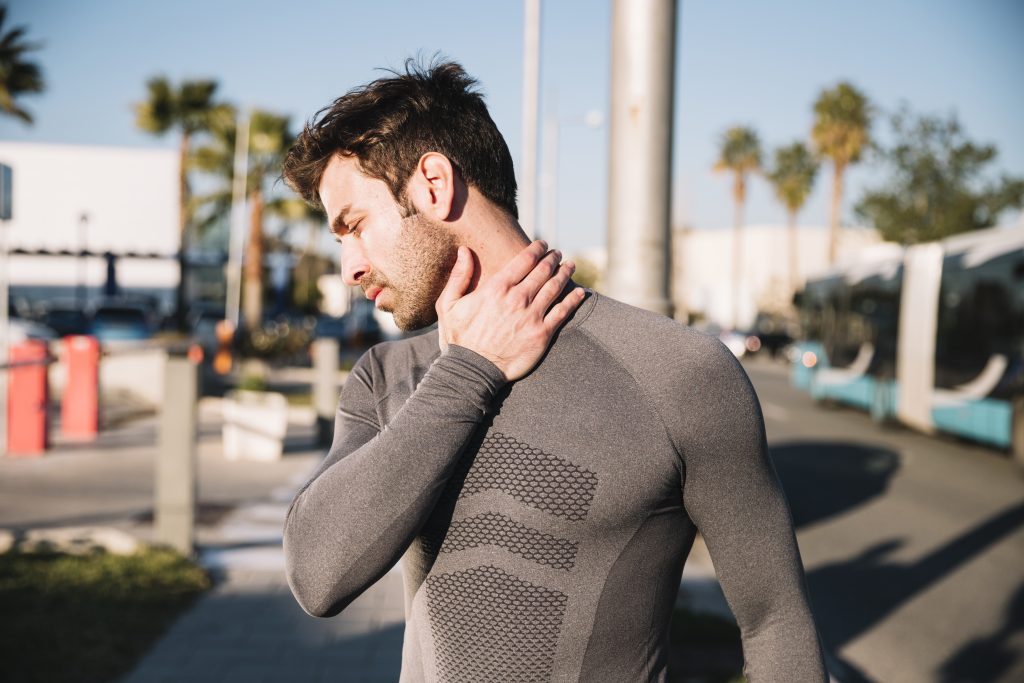
Do remember that many of these exercises can be modified to accommodate ongoing aches and pains. There are also a variety of gels such as Pernaton Gel available to support joint mobility.
Related Posts
